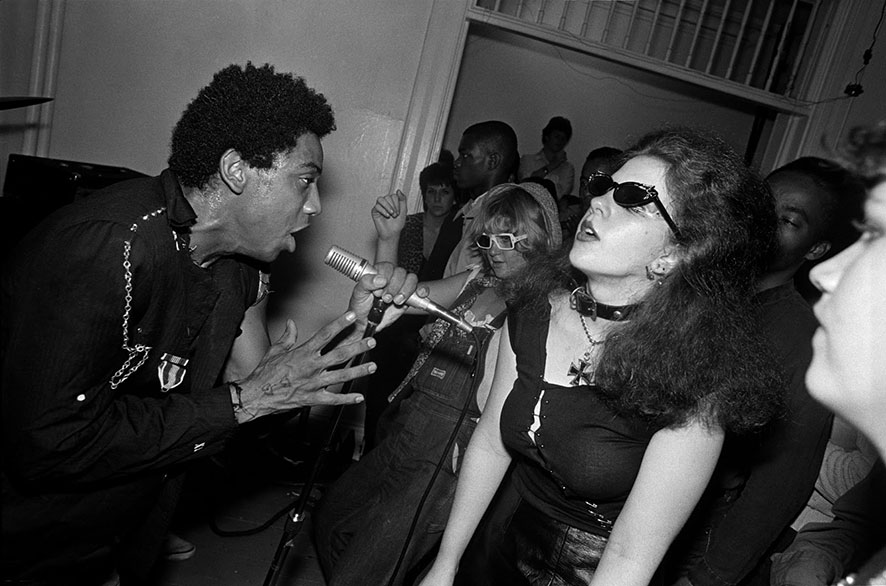 Bad Brains by Lucian Perkins
Bad Brains by Lucian Perkins1979 – Punk goes Hardcore
35 years of Hardcore Punk
It seems to me that there is an intrinsic link between vintage clothing and music, but interestingly, whenever we talk about music and the vintage scene, we talk about the bands and the styles of music defined by the decades we love. For example the 1920s will always be the Jazz age, the 40s the Swing era, 50s Rock ‘n’ Roll and Disco in the 70s. However, as a sub-culture, nearly everyone I’ve ever met in the community comes from some form of alternative background. Whilst it’s great to learn about the music that matches our looks, we should never forget where we come from as it shaped the path we all took to get here.










